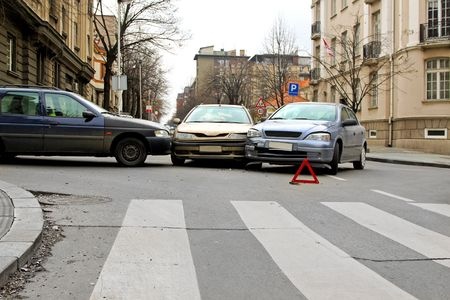Although talking and texting on a cellphone while driving is considered one of the most hazardous driver distractions, there are other distractive behaviors that can result in devastating car accidents as well. Distracted driving auto accidents are responsible for killing an estimated nine people and injuring at least 1,153 people every day, according to the Centers for Disease Control and Prevention. When drivers avoid engaging in distracted behaviors while driving, they minimize the risk of causing a traumatic accident.
Types of distractions
Distraction.gov defines distracted driving as any type of activity that diverts a motorist’s attention off of the primary task of driving. The CDC classifies distraction for drivers into three categories. These include:
- Cognitive distractions encourage drivers to take their focus off of the road. With some types of cognitive distractions, motorists may not be aware that their focus and concentration is compromised. Not only do hands free cellular devices fall under this category of distraction, voice-activated technology and talking to other passengers in the vehicle can also be distractive.
- Visual distractions require drivers to remove their eyes from the road, even if it is for a few seconds. Looking away to change the radio station or program a navigation device can be extremely dangerous. According to distraction.gov, drivers who remove their eyes from the road for five seconds while going 55 miles per hour will drive the length of a football field before they return their eyes to the road.
- Manual distractions involve drivers taking their hands off of the steering wheel and include reaching to attend to passengers in the back seat or picking up an item off of the floor.
While all driver distractions pose a significant threat to motorists on the roadways, there are some distractions that are considered more dangerous than others. Texting and talking on hand-held cellphones involve all three types of distractions, making them especially deadly. Distraction.gov lists additional distractive behaviors, including eating, drinking, reading, grooming, watching videos and switching CDs or DVDs in the vehicle’s entertainment system.
Who is at risk?
Although distracted driving endangers everyone on the road, the CDC reports that young drivers and cellphones are a fatal combination. Novice motorists, who are under the age of 20 years old are often inexperienced and are more likely to have problems handling two complex tasks at once. As a result, they are more likely to be involved in fatal car accidents or accidents resulting in severe injuries.

